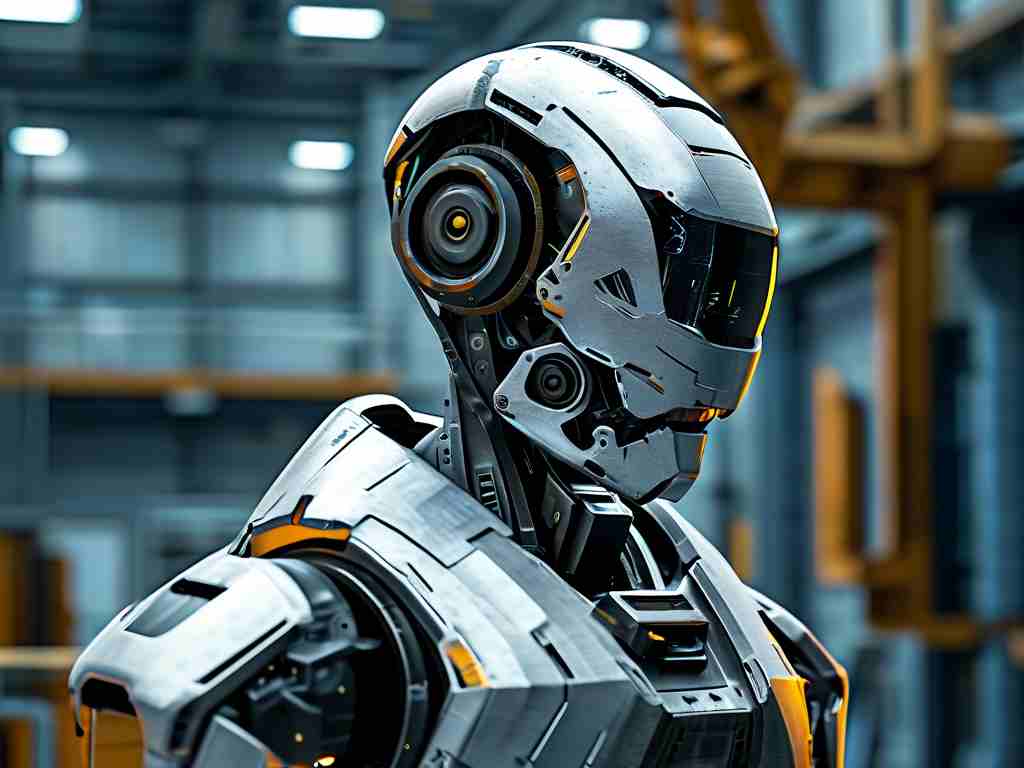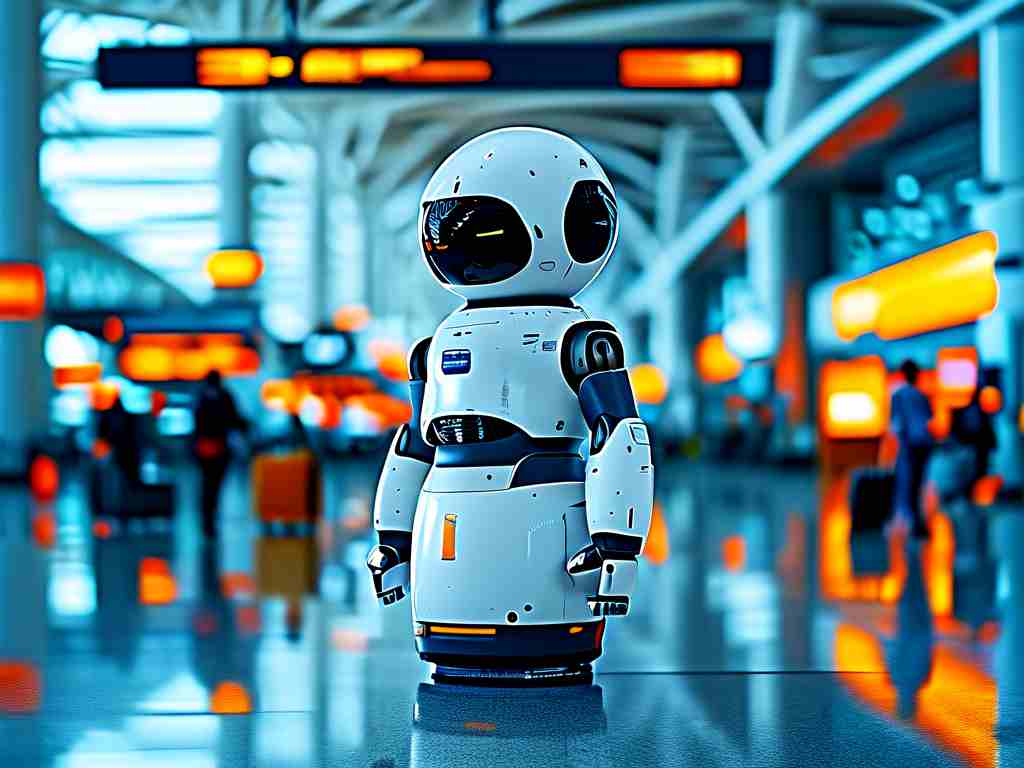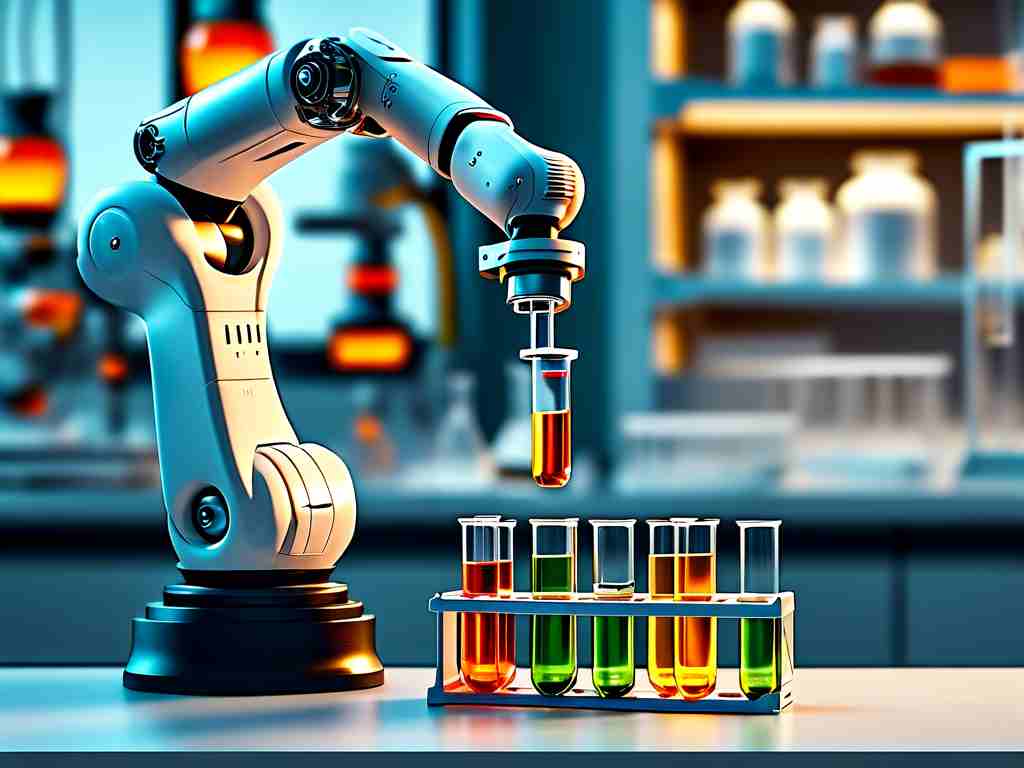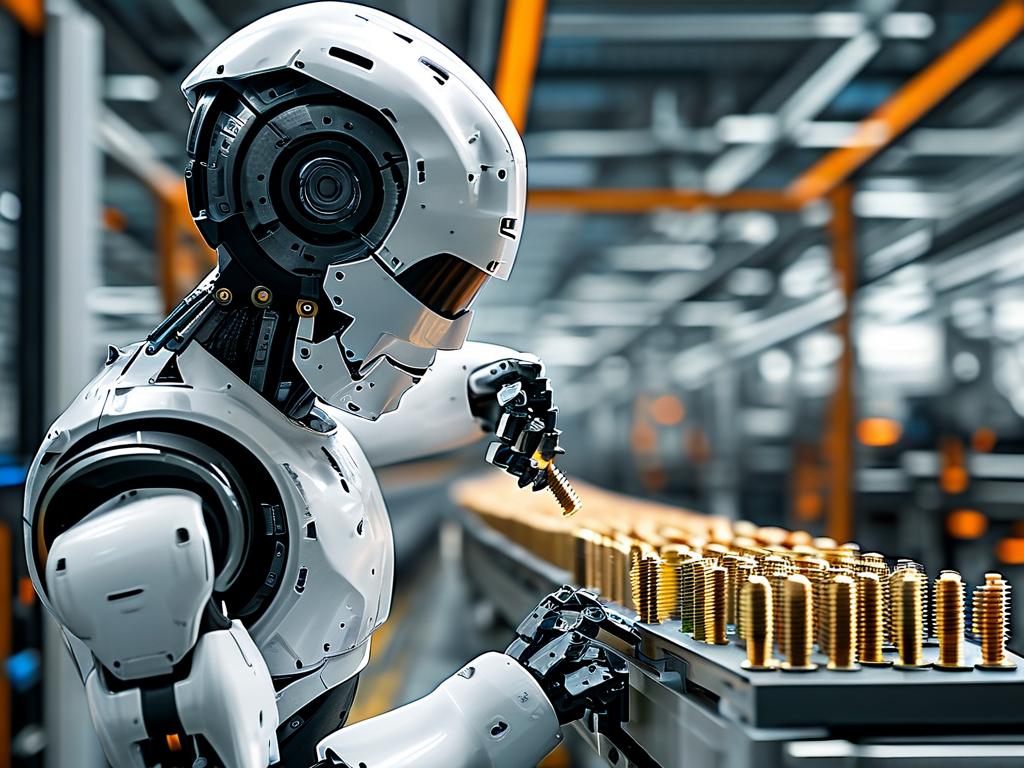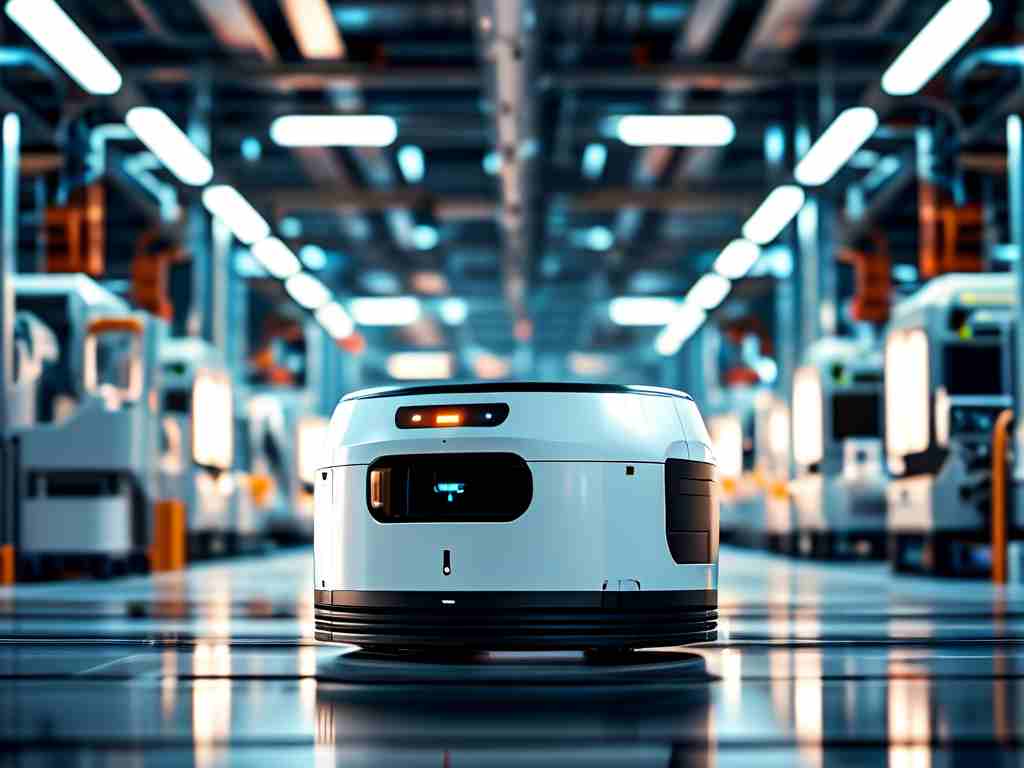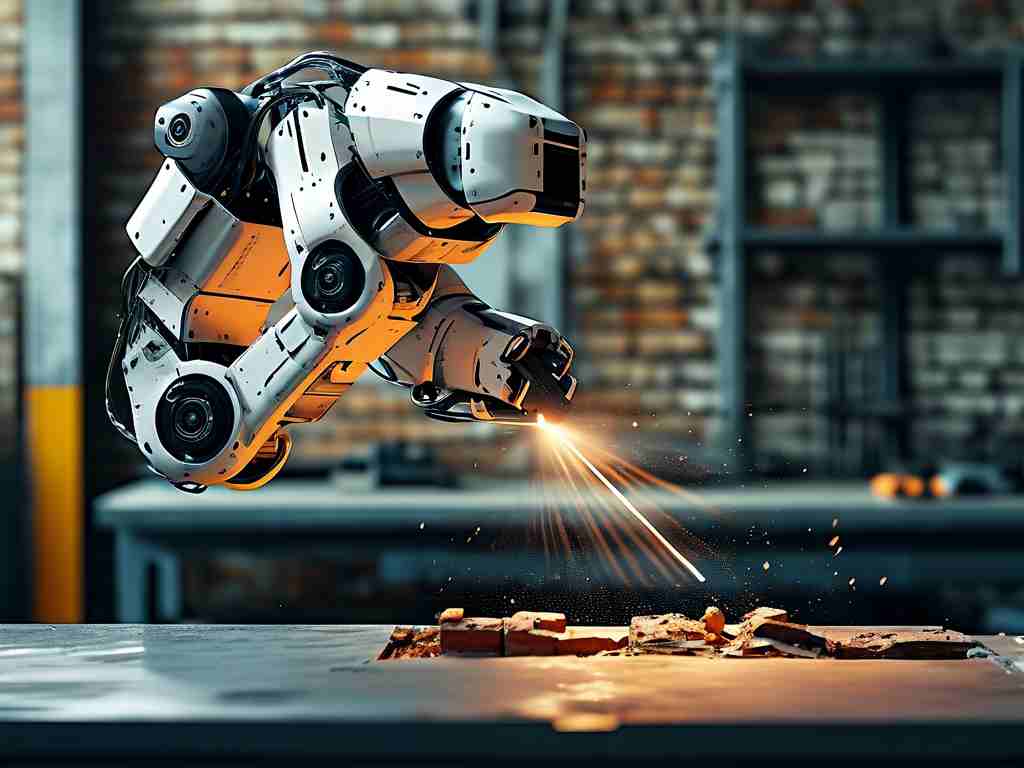The agricultural sector is witnessing a paradigm shift with the integration of robotic systems into traditional farming practices. Among these advancements, robotic persimmon harvesting technology stands out as a groundbreaking solution to labor shortages and operational inefficiencies. This article explores the technical foundations, practical implementations, and future potential of this innovative approach.

Technical Framework
Modern persimmon-picking robots rely on a fusion of computer vision, machine learning, and precision mechanics. Equipped with multispectral cameras, these machines analyze fruit ripeness through color gradients and surface texture patterns. A study by the National Institute of Agricultural Robotics (2023) revealed that advanced models achieve 94.7% accuracy in identifying harvest-ready persimmons under varying light conditions.
The robotic arm's design incorporates flexible silicone grippers with pressure sensors, mimicking human fingertips' dexterity. This prevents bruising during detachment – a critical factor for premium fruit markets. Engineers have optimized motion trajectories using reinforcement learning algorithms, reducing picking cycle times from 12 seconds (2020 prototypes) to 6.8 seconds in current commercial models.
Field Implementation Challenges
While laboratory results appear promising, real-world deployment faces unique obstacles. Orchards with uneven terrain require adaptive mobility systems, prompting developers to experiment with hybrid wheel-leg mechanisms. Weatherproofing presents another hurdle, as morning dew and dust accumulation can impair optical sensors. Field tests in Wakayama Prefecture demonstrated that daily calibration routines improve system reliability by 38% in humid environments.
Economic considerations remain pivotal. The initial investment for a basic harvesting unit ranges from $45,000 to $75,000, necessitating careful ROI analysis for small-scale growers. However, collaborative farming cooperatives in South Korea have shown that shared robotic systems can reduce per-acre labor costs by 62% when servicing multiple orchards.
Biological Compatibility
Agricultural robots must adapt to botanical specifics. Persimmon trees' branching patterns vary significantly between cultivars, requiring customizable recognition parameters. Researchers at Zhejiang University developed a modular software architecture that allows growers to input species-specific growth patterns, achieving 89% success rates across 12 common persimmon varieties.
The technology also addresses ecological concerns. Precision harvesting minimizes unnecessary tree contact, reducing the spread of fungal pathogens. Infrared scanners can detect early signs of anthracnose infection, enabling targeted fruit selection that improves overall orchard health.
Human-Robot Collaboration
Contrary to popular belief, these systems enhance rather than replace human labor. Skilled workers now supervise multiple robotic units while focusing on quality control and strategic decision-making. Training programs in Nagano Prefecture teach farmers to interpret system diagnostics and perform basic maintenance, creating new tech-oriented agricultural roles.
Future Directions
Emerging technologies promise to elevate persimmon harvesting capabilities. The integration of hyperspectral imaging could enable nutrient-level ripeness analysis, while swarm robotics concepts propose coordinated fleets of smaller harvesting drones. Prototypes using quantum dot sensors have shown potential for nighttime harvesting operations, potentially trialing productivity windows.
Ethical discussions accompany these advancements. The International Food Policy Research Institute emphasizes the need for equitable technology access, particularly for developing regions where persimmon cultivation remains a vital economic activity. Open-source hardware initiatives and government subsidy programs are emerging to address this disparity.
Robotic persimmon harvesting represents more than technical achievement – it embodies agriculture's evolution in the digital age. As these systems mature, they will redefine global fruit production standards while preserving the delicate balance between technological progress and agricultural heritage. The journey from experimental prototypes to orchard-ready solutions illustrates technology's growing role in sustaining traditional farming practices amid 21st-century challenges.


